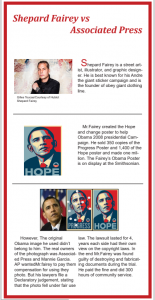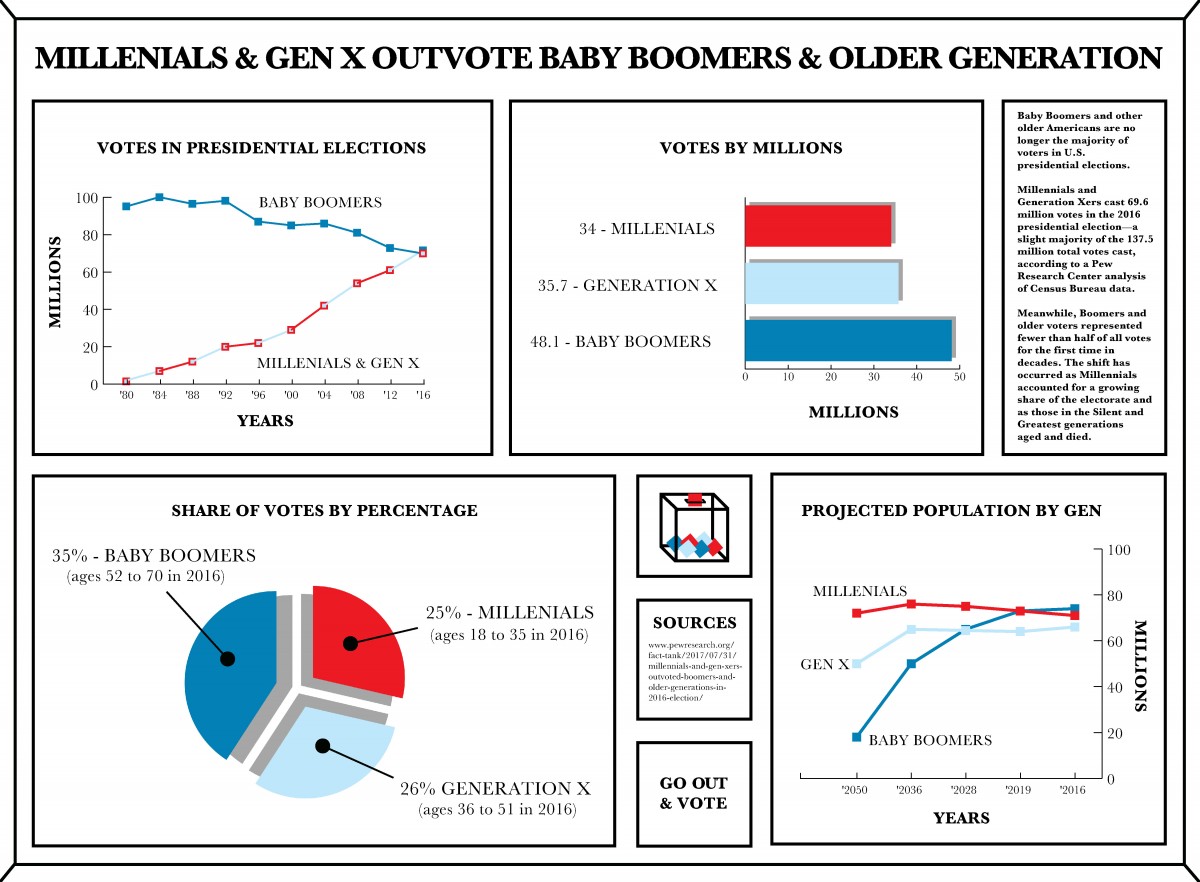Copyright paper
Jonathan Rigaud
Copyright is used to protect one’s work from plagiarism, to be used to defend a creator’s work from being used without their permission. It is considered to be the line of defense for a lot of creators, as well as acting as a bridge to make sure that they are linked with whomever wants to use their works. This system allows creators to feel at ease and give them a feeling that no one is going to be using their effort to take food away from them after all the time and effort they had put in to get it. However despite its existence there are a lot of people who will still do what they can to take work away from these creators, just so they can either make a profit for themselves, get the most work done with minimal work, or just showing their maliciousness.
Sometimes when it comes to works being stolen a lot of times it happens from one artist to another, which could be from either people in the same field or maybe from different areas of the creative field. A common one seen a lot lately is when it comes to musicians, who are creators and artists themselves, stealing from illustrators and other visual artists. This situation has shown to be no less than confusing, but not all too surprising as the disparity between the two artist types is strong. One, musicians, get a lot of credit and fame for their work, especially from the performer. When a face is added to art it tends to make a huge splash, which isn’t necessarily easy for visual artists, who just let their work become the face. A lot of illustrators, painters, and the like could be outlived by their works, but never get the credit of being connected to them while still being alive.
Which leads to this kind of worry when it comes to works being stolen from a visual artist by a musician. There are a number of times where these musicians like to create outside of their field, and one such area they love to go to is of course fashion. Fashion is probably one of the highest aims that a lot of them strive to aim for because of the influence it tend s to have. In this instance, let us take a look at one famed performer/musician, Chris Brown. Brown is a talented individual without a doubt and his music has captured an audience far and wide, his fashion sense has always left his fans wanting to be like him as well. One of the main things for him to do about that, probably the most logical step was to create a clothing line for himself. It is a sound investment and reasoning to go by, however anything that is to be advertised like fashion needs to spread around visually. And this is where the problem comes in. Brown had used the works of a digital/comic artist named Gabriel Picolo. His work was of the DC famous characters the Teen Titans.
Picolo had made a point to acknowledge that his work had been stolen by the musician, and even went on to ask other artists who have experienced the same situation, the responses he got were telling about how this was handled by the star. (https://www.complex.com/style/2018/04/artist-accuses-chris-brown-of-using-his-work-without-permission). He went on to state: “I was mad as I usually get when big accounts repost my content without credit, but I was even more shocked that a 40-million-followers artist did it,” and to add: “It’s beyond disrespectful because Chris would probably freak out if one of his song got plagiarized.” These comments by Picolo, emphasize the shock of it all in what had taken place. Not only that but at the disregard Brown has for other artists, one claiming that he told them that “they should be happy that he’s got their work on his page” showing no signs of remorse over the fact that he had stolen the work from them. This kind of thinking brings into question the idea of social media being a safe haven for artists showcasing their work. As for some people put into claim that if it is on the Internet especially on social media then it is possible for their work to be used by others in the public domain.
Visual artists aren’t as innocent in this regard as well, some visual artists tend to steal works from others and claim it as their own as well.there actually has been a number of illustrators who have used a tracing method for their pictures and passed it off as their own without acknowledging the source image for their works. There have been a good few who have done this and gotten away with it, but considering the day and age we live in now, it has become increasingly harder for some of these artists to make such a get away in this fashion. One of the situations happened in the early 2000s, mostly around 2005. When a large comic book company like Marvel had released a major storyline event for their comic sales called House of M. This was a large scale marketing attempt on Marvel’s part with stories that were interlocking within their own company involving many characters across the board.
One of the things that was involved in such a major event is the sake of rare comics with particular covers, a practice that is continually used to this day when it comes to major comic book events, it emphasizes the use of multiple illustrators and their unique take on the characters with their own unique styles. One artist in particular that was used for this whole plan was, Mike Mayhew, he had used a portrait of a Spanish Royal, in his portrayal of the titular character Magneto. This controversy was very big in the industry, not only did he copy the whole image down to a tee, he ended up getting the company sued by Spanish Royalty over his recklessness and the company’s oversight on his “work”. This brings back the point that when it comes to plagiarism such as this it all falls to laziness used by some artists who wish to cut corners and reap benefits off of little efforts. (https://www.cbr.com/magnetos-house-of-m-uniform-again-draws-royal-objections/)
In researching these cases of theft or plagiarism, I have come to notice that some people have forgotten the idea that copyright does exist. And that it is involved from the moment the creator breathes life to their works. Whether on paper or if on file on their computer, the work they created is theirs. And it seems that most are letting the idea that once it is on the internet that it’s publicly usable for everyone because it is in a digital public domain of sorts. This kind of thinking is definitely and most certainly wrong. These people who have committed these acts are only opening themselves up for legal actions against themselves for foolishly trying to profit off of other people’s labor.
In the end, it is always best to take time away, and create for oneself instead of looking for the easier route with a large set of consequences to create. It is never worth it to try and steal someone else’s work and claim it as their own, especially if that work is copyrighted. Wasting time that way is just a show of how a person would rather not use their talents and instead occupy their time in court battling about such a thing.








Recent Comments